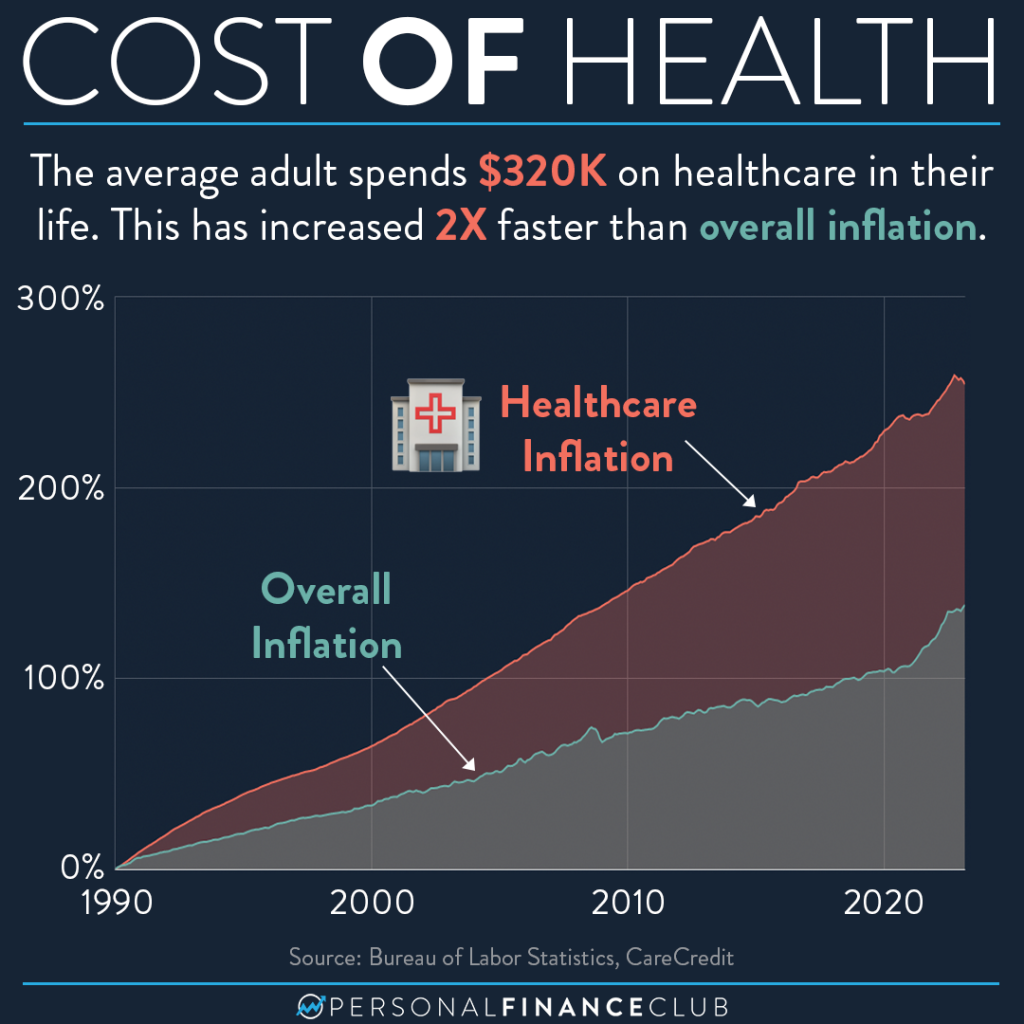Best Healthcare RCM Practices to Boost Functional Performance and Collections
Best Healthcare RCM Practices to Boost Functional Performance and Collections
Blog Article
A Comprehensive Guide on Just How Healthcare RCM Works to Simplify Payment and Collections
Navigating the intricacies of medical care revenue cycle management (RCM) is critical for service providers intending to improve their payment and collections processes. The guide unboxes the intricacies of RCM, from client registration to accounts receivable administration, supplying understandings right into optimizing each action.
Understanding Revenue Cycle Management
RCM is a critical administrative function that encompasses the whole economic process of client treatment, from the first visit establishing to the last payment of the balance. It is an intricate treatment designed to determine, accumulate, and handle the income from the services supplied to patients.
The RCM process starts when a person schedules a consultation and expands via the individual's treatment trip, including invoicing and collections. A key goal is to minimize the time in between obtaining and supplying a solution repayment, hence improving the company's monetary wellness. RCM includes various features such as patient enrollment, insurance policy verification, charge capture, coding, asserts entry, repayment posting, and dealing with rejections and charms.
Trick Components of RCM
In the world of Revenue Cycle Administration (RCM), understanding its vital components is basic to achieving financial effectiveness within health care companies. RCM is a comprehensive procedure that incorporates various phases, each essential to making sure reliable billing and collections. The main parts include person enrollment, insurance confirmation, charge capture, coding, case submission, repayment publishing, and balance due monitoring.


When coded, cases are submitted to payers, where precision is paramount to avoid delays or rejections - Healthcare RCM. Payment posting involves recording the gotten settlements, which permits the settlement of accounts. Last but not least, accounts receivable monitoring concentrates on tracking and resolving unsettled insurance claims, making sure timely follow-up and resolution
Each component of RCM is interconnected, and inefficiencies in any type of part can interfere with the whole cycle. For that reason, understanding these aspects is vital for doctor to maximize earnings and enhance their financial wellness.
Approaches for Efficient Billing

Systematizing billing treatments across the organization is another crucial strategy. Developing clear standards for paperwork, coding, and entry helps maintain uniformity and compliance with regulative requirements. Educating personnel regularly on these procedures guarantees internet everybody is current with the most current adjustments in invoicing codes and payer policies.
Accurate cost capture is crucial in preventing income leakage. Applying normal audits and tracking systems permits the recognition and correction of discrepancies prior to they impact revenue. Additionally, preserving open lines of interaction with payers helps to quickly deal with any conflicts or misconceptions that may occur.

Lastly, interesting patients early in the billing procedure by offering clear estimates and educational materials concerning their monetary obligations can significantly reduce confusion and improve payment timeliness. These techniques collectively add to a much more reliable and financially healthy and balanced invoicing system.
Enhancing Collections Procedures
A robust collections procedure is click here now important for keeping economic security within medical care companies. Offered the complexities of clinical invoicing and the variety of payer requirements, boosting the collections process includes implementing tactical actions that ensure prompt and accurate repayment of solutions made. Central to this is using technology to automate and simplify processes, reducing hands-on errors and boosting performance. Automation tools can aid in tracking insurance claim standings, sending out prompt pointers to patients, and managing rejections better.
Clear and clear individual interactions are critical. Supplying thorough descriptions of charges and using flexible repayment plans can raise person fulfillment and punctual payments.
Normal audits of the collections procedure need to be conducted to recognize locations for improvement and make sure conformity with guidelines. By examining information, health care companies can determine trends, expect prospective concerns, and adapt strategies as necessary (Healthcare RCM). Inevitably, a well-enhanced collections process not just supports economic health and wellness yet also adds to an extra seamless experience for individuals and staff alike
Optimizing Profits Streams
Building upon the foundation of a solid collections process, healthcare companies can even more boost their monetary security by purposefully maximizing revenue streams. This involves a multi-faceted method, starting with an extensive analysis of existing profits resources to determine ineffectiveness and locations for development. Utilizing innovative information analytics tools enables companies to acquire understandings right into payer mix, individual demographics, and solution use patterns, permitting data-driven decisions that enhance revenue capture.
Implementing automated payment systems can considerably minimize errors and accelerate insurance claims processing, ensuring that income is gathered much more efficiently. In addition, maximizing payer agreements via routine negotiations can boost compensation rates and terms, directly impacting the lower line. Branching out service offerings, such as integrating telehealth or health care, can additionally draw in a wider person base, therefore increasing income capacity.
Another critical component is boosting patient interaction and fulfillment, as pleased people are extra likely to comply with therapy strategies and make timely settlements. Offering versatile repayment options and transparent invoicing practices can improve collections and foster individual loyalty. Healthcare RCM. By embracing these strategies, healthcare organizations can develop a more resilient monetary framework, ensuring sustained development and security in an ever-changing industry landscape
Final Thought
Finally, health care Profits Cycle Administration (RCM) plays a critical role in optimizing billing and collections processes by incorporating key components such as individual registration, insurance coverage confirmation, cost capture, coding, declares entry, and receivable management. By utilizing innovative technology, standardizing procedures, and cultivating client involvement, healthcare suppliers can considerably lower claim rejections, speed up settlement cycles, and enhance cash flow. This extensive method to RCM ultimately leads to enhanced economic effectiveness and sustainability for health care organizations.
The RCM procedure starts when a client schedules a consultation and expands via the individual's care journey, including billing and collections.Another vital component is boosting person involvement and fulfillment, as satisfied individuals are much more most likely to adhere to treatment strategies and make timely settlements. Offering adaptable repayment choices and transparent billing techniques can improve collections and foster patient loyalty.In verdict, health care Profits Cycle Administration i loved this (RCM) plays a critical duty in maximizing payment and collections procedures by incorporating key elements such as client registration, insurance coverage confirmation, fee capture, coding, asserts submission, and accounts receivable management. By utilizing advanced innovation, systematizing procedures, and promoting person engagement, healthcare suppliers can dramatically lower case rejections, speed up settlement cycles, and improve cash circulation.
Report this page